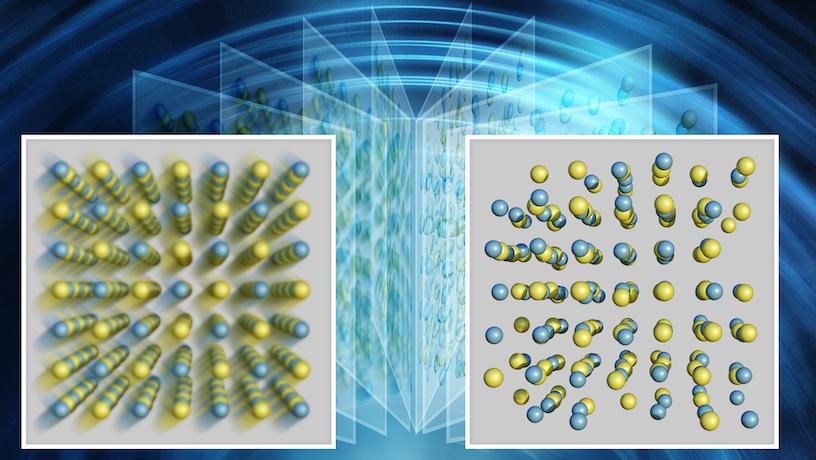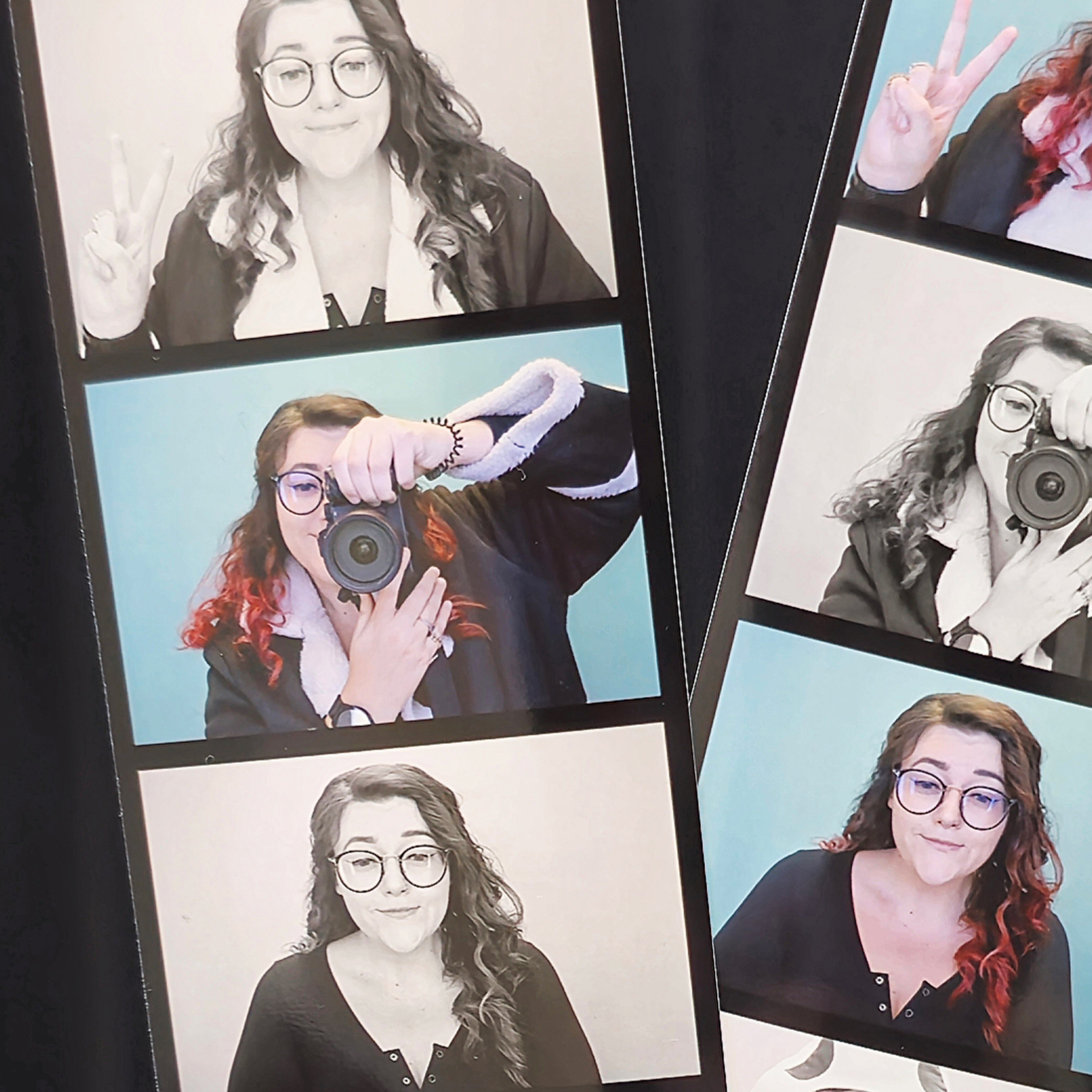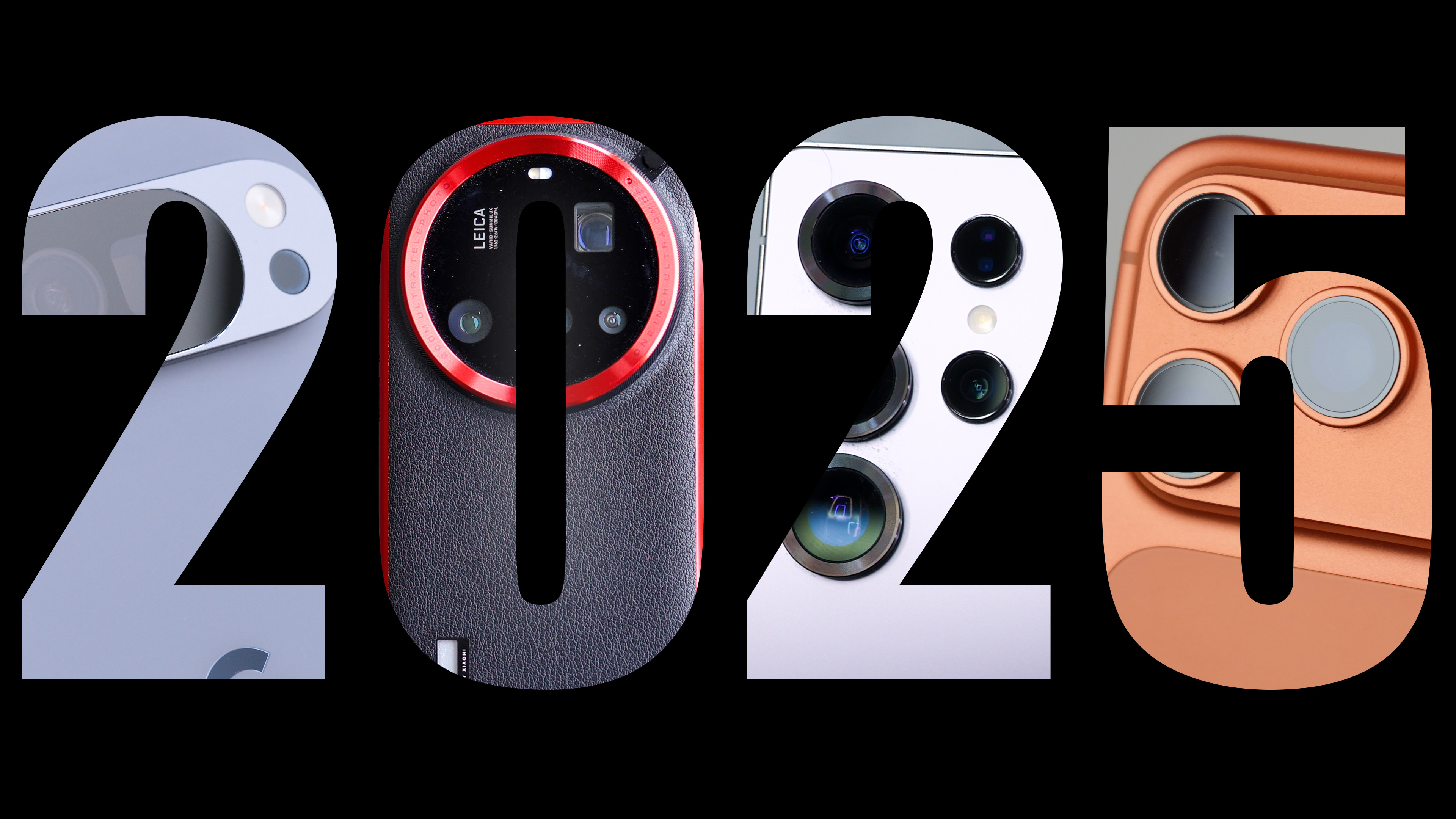This camera shoots at a TRILLIONTH of a second!
Researchers have developed a new kind of camera with a variable shutter speed equivalent to one picosecond

Researchers at New York's Columbia Engineering and The Université de Bourgogne have been working to create a new type of high-speed scientific camera, which uses neutrons in order to measure atomic positions.
This is achieved using what the team refers to as a new variable shutter PDF method – standing for atomic "pair distribution function" – by which a shutter speed of around one picosecond (a trillion times faster than normal camera shutters) is used to be able to view clusters of atoms within a much larger structure that would otherwise be blurred.
• They don't shoot as fast, but these are the best cameras for macro photography
Feeling a bit lost? So were we but, in simple terms, speeding up a camera shutter a million million times will enable researchers to see atoms frozen in time, the same way that we freeze motion as photographers, and as opposed to viewing a blurred cluster of atoms.
This new invention, as explained meticulously by Columbia Engineering's report, will help to advance the applications of sustainable energy by understanding how materials transfer and transport heat using atoms – and could lead to more energy efficient thermoelectric devices in the future, such as solid-state refrigerators.
Principles behind the research found that the best-performing materials within sustainable energy often involve a process known as dynamic disorder, whereby collective clusters of atoms within a much larger structure will fluctuate in time – which has traditionally been difficult to study.
The video above explains this new method of variable shutter PDF or vsPDF and why it doesn't function quite like a conventional camera – as what it is actually capturing are neutron scattering snapshots, as opposed to images.
The best camera deals, reviews, product advice, and unmissable photography news, direct to your inbox!
Isn't it great when science and photography come together? And fascinating to think of the applications that this will have to improve sustainable energy and eventually convert waste heat into electricity.
• You may also be interested in the best macro lenses, as well as the best microscopes and the best close-up filters for macro photography on a budget.
• Discover this camera which is the size of a grain of sand, and take a look at the best extension tubes and best ring flash for macro to enhance your macro and close-up photography game.

Beth kicked off her journalistic career as a staff writer here at Digital Camera World, but has since moved over to our sister site Creative Bloq, where she covers all things tech, gaming, photography, and 3D printing. With a degree in Music Journalism and a Master's degree in Photography, Beth knows a thing or two about cameras – and you'll most likely find her photographing local gigs under the alias Bethshootsbands. She also dabbles in cosplay photography, bringing comic book fantasies to life, and uses a Canon 5DS and Sony A7III as her go-to setup.

